Glencoe Chemistry: Matter and Change Interactive Classroom Review
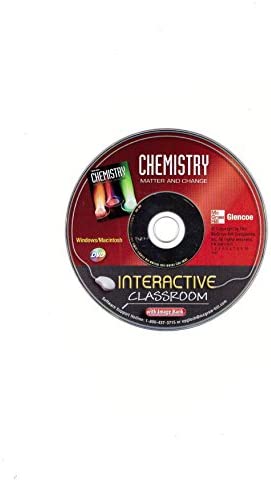
Introduction
Glencoe Chemistry: Matter and Change Interactive Classroom book is an excellent resource for students learning chemistry. The book is written by Raymond Chang and Kenneth Goldsby, and it is published by McGraw-Hill. It covers all the essential topics in chemistry, including matter and measurement, atoms, molecules, the periodic table, chemical reactions, and more.
Chapter 1: Matter and Change
Chapter 1 of the book introduces the concepts of matter and change. It explains the properties of matter, such as mass, volume, and density. It also discusses the different states of matter, including solids, liquids, and gases. In this chapter, you will learn about physical and chemical changes and how to distinguish between them.
Chapter 2: Measurement and Problem Solving
Chapter 2 of the book covers the basics of measurement and problem-solving. It introduces the units of measurement and the different types of measurements, such as mass, volume, and temperature. It provides practice problems to help you apply what you have learned.
Chapter 3: Atoms: The Building Blocks of Matter
Chapter 3 of the book delves into the structure of atoms. It explains the subatomic particles that make up atoms, such as protons, neutrons, and electrons. It defines atomic number, mass number, and isotopes. In this chapter, you will also learn about the periodic table and the different groups of elements.
Chapter 4: The Periodic Table and Chemical Properties
Chapter 4 of the book expands on the periodic table and chemical properties of elements. It explains how to read the periodic table and the properties of the different groups of elements. It covers topics such as ionization energy, electron affinity, and electronegativity.
Chapter 5: Ionic Compounds
Chapter 5 of the book focuses on ionic compounds. It explains how ions are formed and how to write chemical formulas. It also covers topics such as naming ionic compounds and predicting the charges of ions.
Chapter 6: Covalent Compounds
Chapter 6 of the book covers covalent compounds. It explains the concept of electronegativity and how it determines the type of bond between atoms. It also covers topics such as Lewis structures, molecular geometry, and polar and nonpolar molecules.
Chapter 7: Chemical Reactions
Chapter 7 of the book focuses on chemical reactions. It explains the different types of chemical reactions, including synthesis, decomposition, single replacement, and double replacement reactions. It also covers balancing chemical equations and stoichiometry.
Chapter 8: Quantities in Chemical Reactions
Chapter 8 of the book expands on stoichiometry and quantities in chemical reactions. It explains how to calculate the amount of reactants and products in a reaction using mole ratios. It also covers limiting reactants and percent yield.
Chapter 9: Solutions
Chapter 9 of the book covers solutions. It explains the properties of solutions and how to calculate concentration. It also covers topics such as colligative properties, osmosis, and dialysis.
Chapter 10: Acids and Bases
Chapter 10 of the book focuses on acids and bases. It explains the properties of acids and bases and how to calculate pH and pOH. It also covers titrations and buffers.
Chapter 11: Modern Atomic Theory and the Periodic Law
Chapter 11 of the book delves into modern atomic theory and the periodic law. It explains the concept of wave-particle duality and the different models of the atom. It also covers the different theories of chemical bonding.
Chapter 12: Gases
Chapter 12 of the book focuses on gases. It explains the properties of gases and the gas laws, including Boyle’s Law, Charles’s Law, and Avogadro’s Law. It also covers the Ideal Gas Law and Dalton’s Law of Partial Pressures.
Chapter 13: Thermodynamics
Chapter 13 of the book covers thermodynamics. It explains the concepts of energy, work, and heat. It also covers topics such as enthalpy, entropy, and Gibbs free energy.
Chapter 14: Hydrocarbons
Chapter 14 of the book focuses on hydrocarbons. It explains the properties of hydrocarbons and the different types of hydrocarbons, including alkanes, alkenes, and alkynes. It also covers the combustion of hydrocarbons and the concept of functional groups.
Chapter 15: Organic Compounds and the Atomic Properties of Carbon
Chapter 15 of the book expands on organic compounds and the atomic properties of carbon. It explains the properties of carbon and how it bonds with other elements to form different organic compounds. It also covers the stereochemistry of organic compounds.
Chapter 16: Kinetics
Chapter 16 of the book covers kinetics. It explains the rate of reactions and the factors that affect reaction rates. It also covers reaction mechanisms and catalysis.
Chapter 17: Equilibrium
Chapter 17 of the book focuses on equilibrium. It explains the concept of chemical equilibrium and how to calculate equilibrium constants. It also covers Le Chatelier’s principle and equilibria in acid-base and solubility reactions.
Chapter 18: Electrochemistry
Chapter 18 of the book covers electrochemistry. It explains the properties of electrochemical cells and how to calculate cell potentials. It also covers topics such as electrolysis and electroplating.
Chapter 19: Nuclear Chemistry
Chapter 19 of the book delves into nuclear chemistry. It explains the properties of radioactive isotopes and the different types of nuclear reactions. It also covers topics such as nuclear decay, fission, and fusion.
Chapter 20: Chemistry in the Atmosphere
Chapter 20 of the book focuses on chemistry in the atmosphere. It explains the properties of the atmosphere and the different layers. It also covers topics such as the greenhouse effect, acid rain, and ozone depletion.
Conclusion
In conclusion, Glencoe Chemistry: Matter and Change Interactive Classroom book is an excellent resource for students learning chemistry. It covers all the essential topics in chemistry and provides practice problems to help you apply what you have learned. The book is well-written and easy to understand, making it an ideal resource for high school and college students. I highly recommend this book to anyone who wants to learn chemistry.

![Amazon.com: Band-in-a-Box 2019 Pro for Mac [Old Version]](https://www.coupondealsone.com/wp-content/uploads/2024/04/2O6e4Cw25Z6a.jpg) Band in a Box 2019 Flash Drive Review
Band in a Box 2019 Flash Drive Review 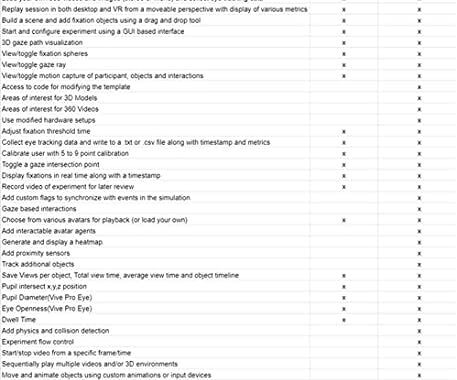 WorldViz SightLab Tracking Software Omnicept Review
WorldViz SightLab Tracking Software Omnicept Review 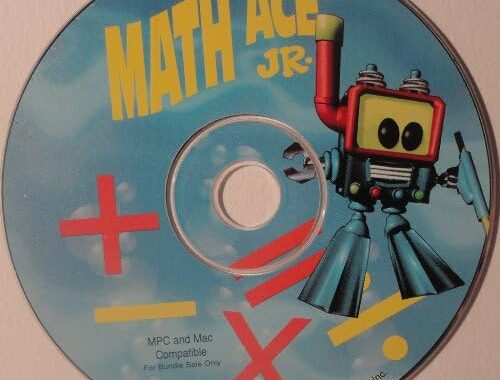 Math ACE Jr. Review: A Must-Have Learning Tool for Kids Ages 4-8
Math ACE Jr. Review: A Must-Have Learning Tool for Kids Ages 4-8 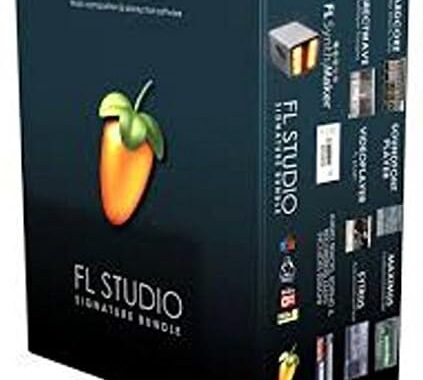 Review of Image Line Software Studio Signature Bundle
Review of Image Line Software Studio Signature Bundle 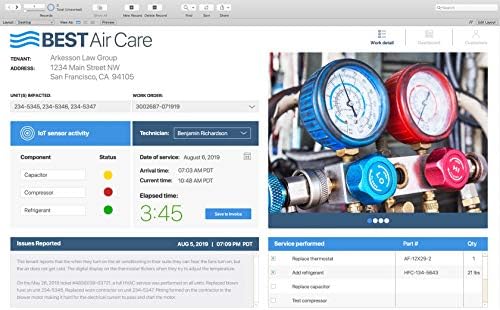 FileMaker Pro Advanced Review
FileMaker Pro Advanced Review ![Amazon.com: Punch! ViaCAD 2D/3D v12- For Mac [Mac Download] : Software](https://www.coupondealsone.com/wp-content/uploads/2024/04/YBusi9QdX6E2.jpg) ViaCAD v12 for Mac Review
ViaCAD v12 for Mac Review  Elevate Your Baking with the Stylish and Powerful Drew Barrymore 5.3-Quart Stand Mixer
Elevate Your Baking with the Stylish and Powerful Drew Barrymore 5.3-Quart Stand Mixer  Review of the Sterilizer Charging Wireless Certified Sanitizer
Review of the Sterilizer Charging Wireless Certified Sanitizer  DESTEK VR Controller Review
DESTEK VR Controller Review